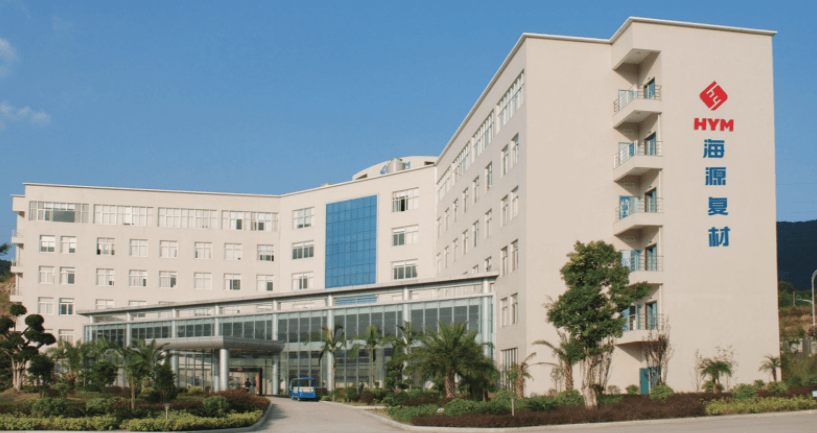Chinese solar manufacturer HYM said it has made a major breakthrough in copper plating technology for heterojunction (HJT) solar cells. With positive outcomes from its pilot production, the company is expected to become the first manufacturer to commercialize copper plated HJT cells.

HYM plans to start producing HJT cells with the new technology in 2023 and scale up in 2024. The first production line will be installed at the start of 2023 and begin commissioning shortly after.
The high consumption of silver has been a major stumbling block preventing the commercialization of HJT technology. Accepted data shows that silver paste takes up 24% of the production cost of HJT cells, while the ratio is only around 10% and 16% for PERC and TOPCon cells.
According to China Photovoltaic Industry Association (CPIA), HJT cells consume 190 mg of silver per cell, while PERC and TOPCon consume 96.4 mg and 145 mg.
Therefore, for HJT cells to become commercially viable, it is essential to reduce its silver consumption.
Copper plating, the technology used in HYM’s new production lines, has replaced silver on HJT solar cells. It is the process of depositing a copper layer onto metals to make copper plated grid fingers for the collection of carriers.
Data shows that copper plating technology is only half of cost of low temperature silver paste. What’s more, the technology can improve the conversion efficiency by 0.3%-0.5%.
Gan Quansheng, CEO of HYM, said that, the company’s copper plating technology can be applied on both HJT and TOPCon solar cells. Pilot production result shows that the technology could reduce the production cost by 50%, while adding 0.3% conversion efficiency.
The technology breakthrough has been supported by China’s National Photovoltaic Engineering Research Center (NPERC), which was founded in 2009 and has been regarded as the hub of solar PV innovations.
“In terms of HJT cells, HYM has the potential to strategically solve the pain point of high costs, so as to stand out in the new round of competitions of next-gen solar cell technologies,” said Gan.
In the second half of this year, the company has put a 600 MW HJT cell facility to production, and initiated a 2.7 GW high-efficiency solar cell project in Jiangxi, China.
Overall, the company aims for 5 GW of production capacity for HJT solar cells.


